Streets of Old Milwaukee
The Streets of Old Milwaukee was originally opened in January 1965.
This exhibit created one of the first walk-through dioramas in the world, transporting the visitor back to a fall evening in Milwaukee at the turn of the 20th century. It was an immediate hit and continues to be the most visited spot in the Museum. In honor of the Streets 50th anniversary, the exhibit was reimagined by further incorporating themed storytelling and a heightened sensory experience to give the visitor a different perspective on every visit.

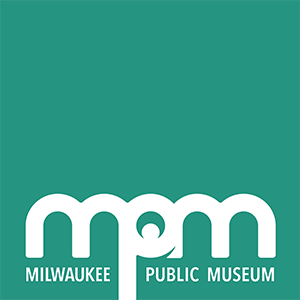
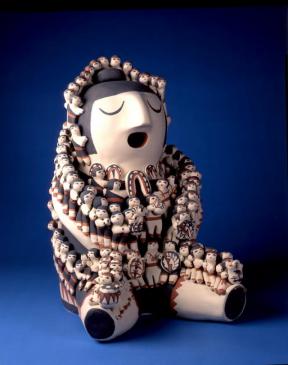
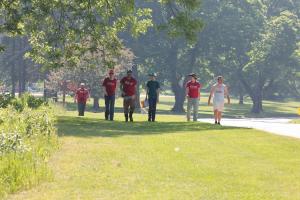 Grant Park, a unit of the Milwaukee County Park System, is a 381-acre park located at 42.918056 N 87.845982 W. It is a multi-use park with a golf course, tennis courts, soccer fields, and natural areas.
Grant Park, a unit of the Milwaukee County Park System, is a 381-acre park located at 42.918056 N 87.845982 W. It is a multi-use park with a golf course, tennis courts, soccer fields, and natural areas.%20Northern%20Lights_0.jpg)
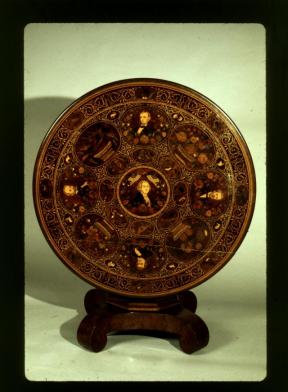
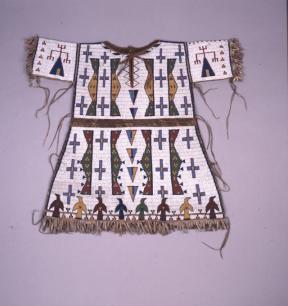
 Join us for programming 11 a.m. to 3 p.m. on President's Day, February 17 AND our Family Fun Day, February 18!
Join us for programming 11 a.m. to 3 p.m. on President's Day, February 17 AND our Family Fun Day, February 18!